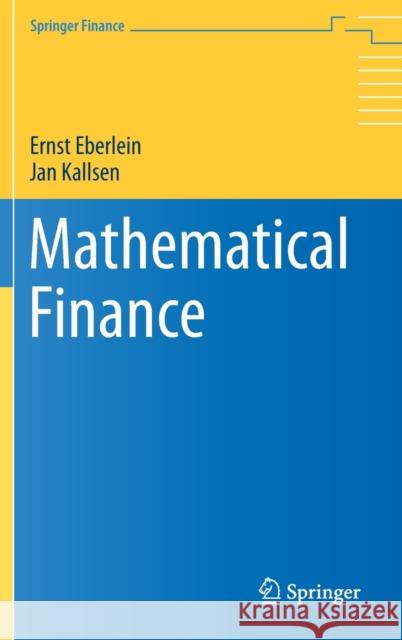Mathematical Finance » książka
topmenu
Mathematical Finance
ISBN-13: 9783030261054 / Angielski / Twarda / 2019 / 772 str.
Mathematical Finance
ISBN-13: 9783030261054 / Angielski / Twarda / 2019 / 772 str.
cena 524,53 zł
(netto: 499,55 VAT: 5%)
Najniższa cena z 30 dni: 501,19 zł
(netto: 499,55 VAT: 5%)
Najniższa cena z 30 dni: 501,19 zł
Termin realizacji zamówienia:
ok. 22 dni roboczych
Bez gwarancji dostawy przed świętami
ok. 22 dni roboczych
Bez gwarancji dostawy przed świętami
Darmowa dostawa!
Kategorie:
Kategorie BISAC:
Wydawca:
Springer
Seria wydawnicza:
Język:
Angielski
ISBN-13:
9783030261054
Rok wydania:
2019
Wydanie:
2019
Numer serii:
000039655
Ilość stron:
772
Waga:
1.26 kg
Wymiary:
23.39 x 15.6 x 4.14
Oprawa:
Twarda
Wolumenów:
01
Dodatkowe informacje:
Wydanie ilustrowane











